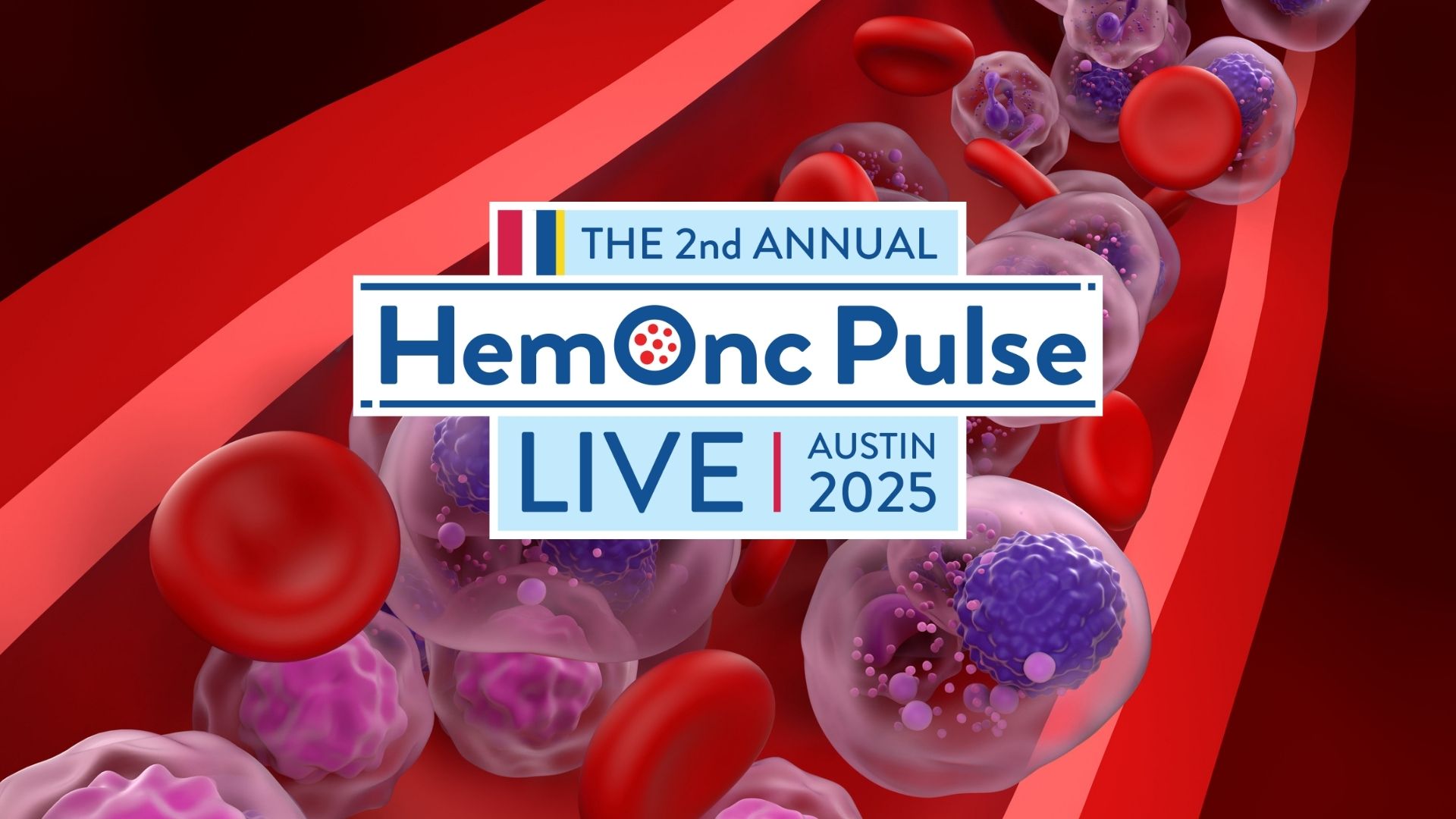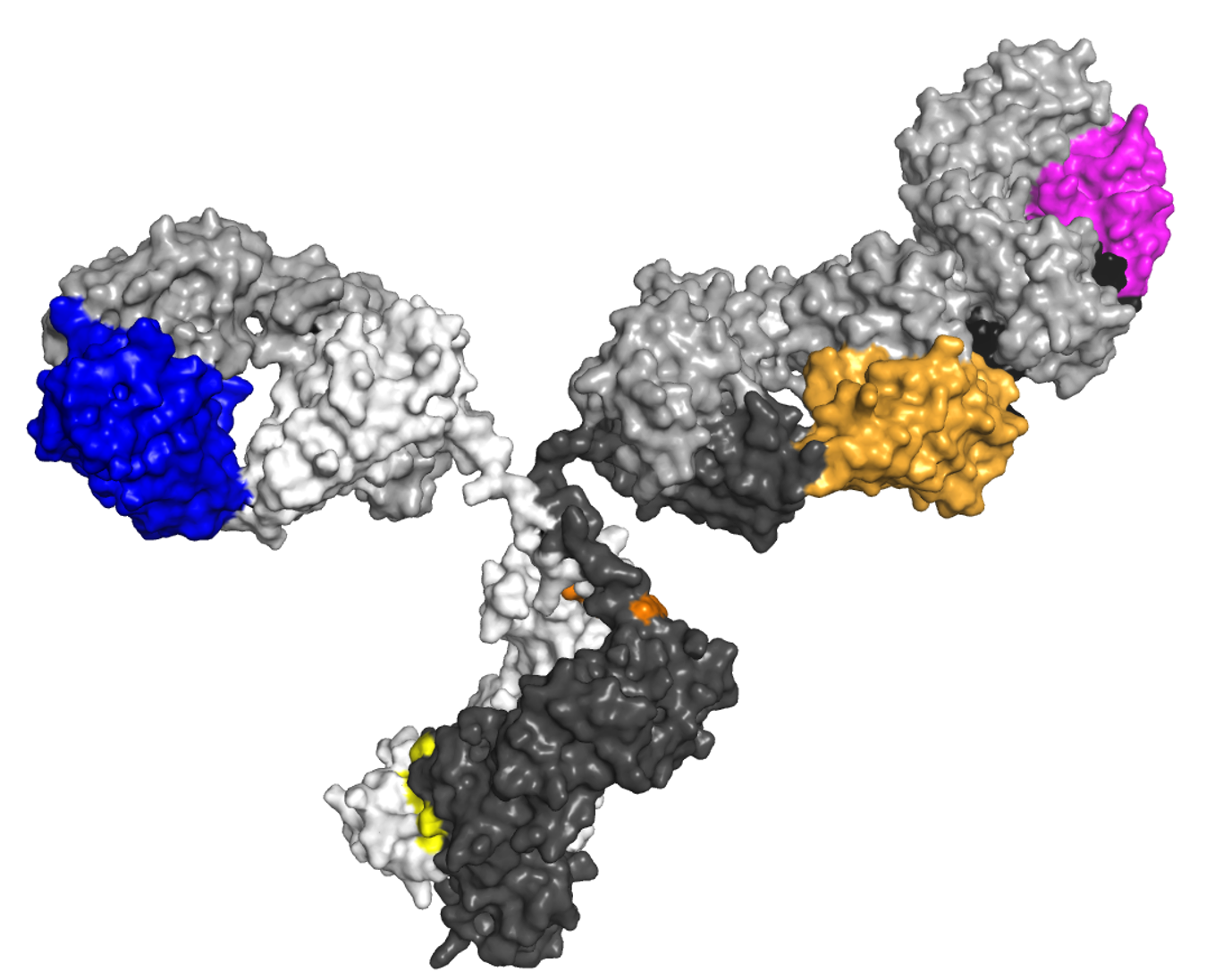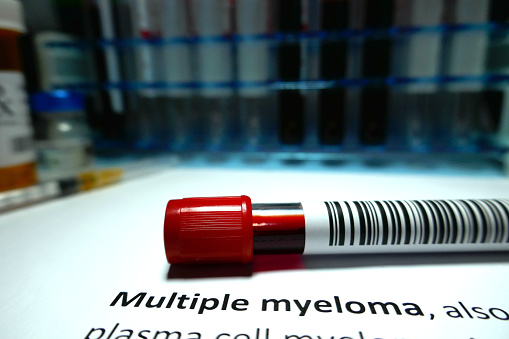
A G-protein-coupled receptor class C group 5 member D (GPRC5D)-targeted autologous chimeric antigen receptor (CAR) T-cell therapy had “promising” preliminary efficacy in patients with relapsed/refractory multiple myeloma, according to a recent study.
Susan Bal, MD, of the University of Alabama at Birmingham, and colleagues presented interim results from the study at the 2022 American Society of Hematology Annual Meeting.
The dose-escalation portion of the phase I, first-in-human, multicenter, open-label dose-finding study evaluated BMS-986393, a GPRC5D-targeted autologous CAR T-cell therapy, in patients with multiple myeloma who received at least three prior lines of therapy, including a proteasome inhibitor, an immunomodulatory agent, an anti-CD38 therapy, and hematopoietic stem cell transplantation, if eligible.
Patients underwent screening and leukapheresis and received bridging therapy if needed. They then underwent lymphodepleting chemotherapy and received a single infusion of BMS-986393.
The study’s primary objectives were to determine the safety, tolerability, and maximum tolerated dose and/or recommended phase II dose of BMS-986393.
The study enrolled 21 patients, with 17 patients receiving a dose of BMS-986393 as of May 24, 2022. The doses were 25×106 CAR T-cells (n=5), 75×106 CAR T-cells (n=9), and 150×106 CAR T-cells (n=3). Of the patients who received an infusion, 47% had high-risk cytogenetics, while 47% had extramedullary plasmacytomas.
In the 14 patients who were evaluable for an initial clinical response, the overall response rate was 86%. The median duration of response was not reached for any dose level at a median follow-up of four months. By the time of the analysis, 88% of the patients who received a dose of BMS-986393 remained in follow-up, with the remaining patients discontinuing study participation due to progressive disease.
Grade 3 or grade 4 treatment-emergent adverse events occurred in 65% of patients, with neutropenia being the most common event, reported in 41% of patients, followed by thrombocytopenia in 35% of patients. Grade 1 treatment-emergent adverse events consistent with “on-target, off-tumor activity” impacted the skin in 18% of patients, the nails in 12% of patients, as well as dysgeusia/dysphagia in 12%, the researchers reported. Grade 1 or grade 2 cytokine release syndrome occurred in 65% of patients, while grade 1 immune effector cell-associated neurotoxicity syndrome occurred in 12% of patients but was reversible with steroid treatment.
Dose-limiting toxicities of prolonged neutropenia and/or thrombocytopenia occurred in two patients, however, the maximum tolerated dose was not exceeded.
“At all tested dose levels, BMS-986393 demonstrated a favorable safety profile; both [cytokine release syndrome] and neurotoxicity were low-grade, and neurotoxicity was infrequent and short-lived.” Dr. Bal and colleagues concluded. “Dose escalation is ongoing; [the maximum tolerated dose] has not been exceeded. Preliminary efficacy appeared promising; antitumor responses were observed, including [patients] with [complete responses] who were [minimal residual disease]-negative at month three. These initial data support GPRC5D-directed CAR T-cell therapy with BMS-986393 as a new treatment paradigm in [relapsed/refractory multiple myeloma].”
Reference
Bal S, Kocoglu MH, Nadeem O, et al. Clinical activity of BMS-986393 (CC-95266), a G protein–coupled receptor class C group 5 member D (GPRC5D)–targeted chimeric antigen receptor (CAR) T cell therapy, in patients with relapsed and/or refractory (R/R) multiple myeloma (MM): first results from a phase 1, multicenter, open-label study. Abstract #364. Presented at the 64th ASH Annual Meeting and Exposition; December 10-13, 2022; New Orleans, Louisiana.






 © 2025 Mashup Media, LLC, a Formedics Property. All Rights Reserved.
© 2025 Mashup Media, LLC, a Formedics Property. All Rights Reserved.